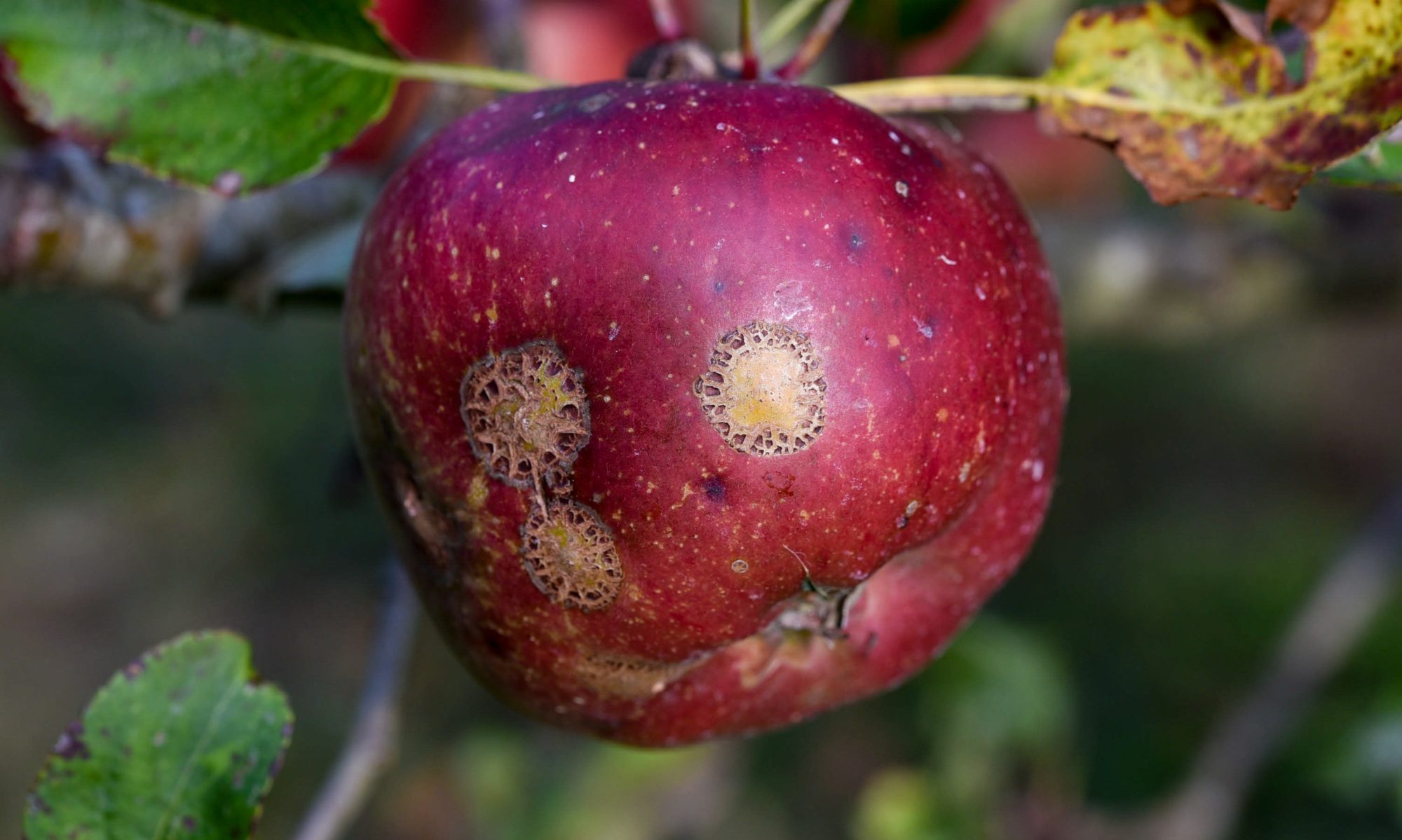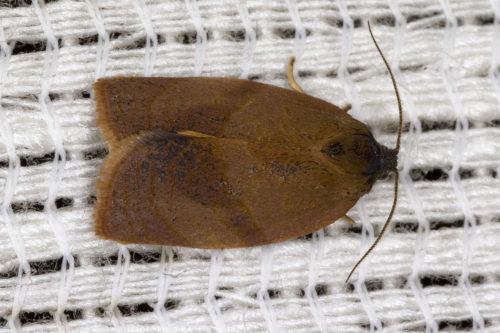Carnation tortrix is a moth and belongs to the family of tortrix moths or leafroller moths. Characteristic for leafroller moths is that they live in a rolled or folded leaf or are spun between the leaves.
Also known as:
Carnation tortrix
Tortrix moth (Cacoecimorpha pronubana) is a moth and belongs to the leafroller moths. Characteristic for leafroller moths is that they live in a rolled or folded leaf or are spun between the leaves.
The larvae (caterpillars) of the leafroller moths eat leaves, suckers and buds.
The tortrix moth has a wingspan of about 20 mm (that of the females18 mm) and the wings are folded over the body when resting, protecting the body. The tortrix moth is orange-brown with bright orange hind wings.
Parasitoid wasps and predatory bugs are among the natural enemies of leafroller moths.
Affected plants
- Deciduous trees, shrubs and herbaceous plants in the ornamental and vegetable garden
- Strawberry
- Carnation
Remedy
Difficult to to control: because the larvae are hidden, they are largely inaccessible to natural enemies.
In horticulture, leafroller moths are controlled with biological agents in the form of nematodes (Steinernema carpocapsae) and predatory bugs (Macrolophus caliginosus) .
Prevention
Greenhouse: insects netting keeps the tortrix moth away.

